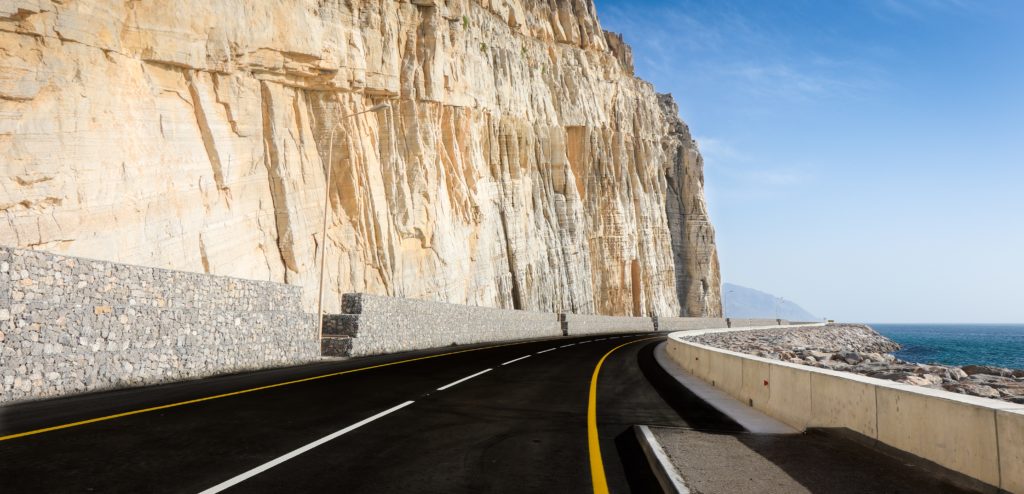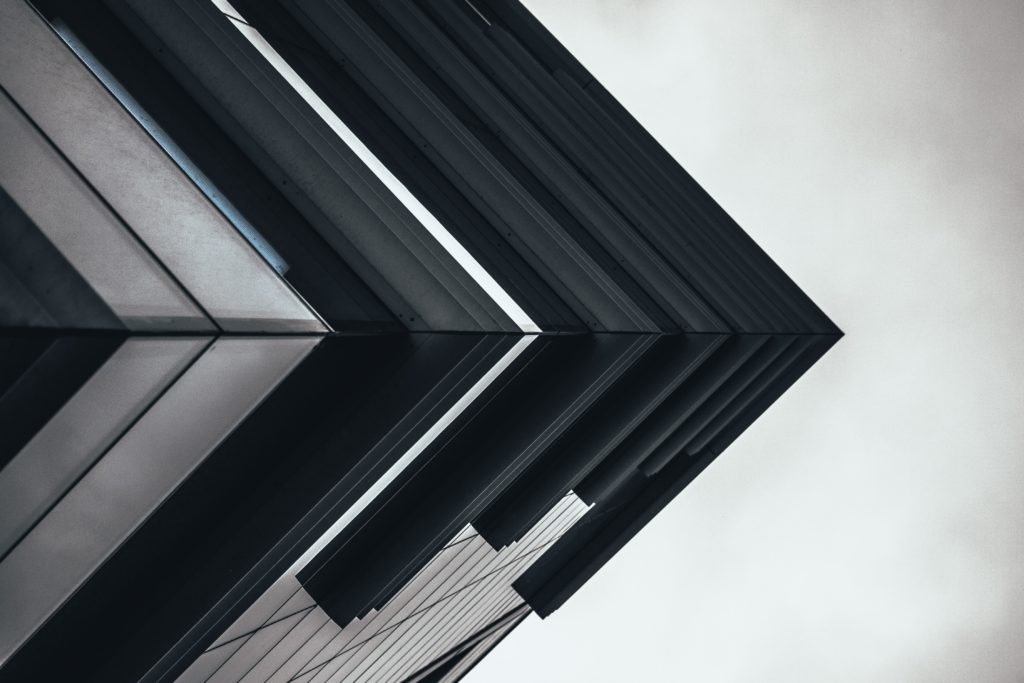Photography is a synthesis of the creative and the technical. When we set out on our photographic journey we devour all the information we can about both. Some of us will take take like ducks to water to the technical side. Others may shine on the creative side. A few will be right at home with both straight from the get go.
Whilst the technical side of image capture is important, it is the creative side that will define your picture. Modern cameras are incredible at covering the technical aspects. However without a keen eye for composition your images might look technically perfect but they will lack any artistic merit.
Want some Practical Composition Exercises that you can download and print. Click here to take look.

Why Combine Compositions?
Of course one of the things that we learn first on the creative side of photography are the composition rules. Perhaps rule is the wrong word, guidelines might be better. We learn about thirds, geometry, scale and many other aspects and we try to incorporate them into our images.
The problem is, it is very easy to get fixated on one composition rule, especially for the relative newcomer to photography. You might go out and consciously looks for shots that display juxtaposition or negative space. That’s not a bad thing but the very best photographs do not restrict themselves to a single composition guideline, they combine two perhaps even more to elevate that image to greatness.
There are a number of composition rules that work well in combination. They can compliment each other to make an image look soothing or they can work against each other to add tension to a shot. Today we are going to look at some composition pairs that you should try to work in to your photography.
Thirds and Leading Lines
Thirds are probably the first composition rule that you learn. They are the cornerstone of many photographs. However another of those cornerstones is leading lines. Combine these two and you can get a very striking composition.
Leading lines are often used to draw the viewer to the centre of the image. However they can work equally well if they are used to draw the eye to a subject on one of the thirds. Often this will be the upper third, for example a line crops leading to a distant barn.
However leading lines can also work well in the lateral plane as well as the horizontal. A leading line can enter the frame from the left and bring the eye to a subject on the right third. If you spot a leading line in your composition consider adding a third into that shot.

Want some Practical Composition Exercises that you can download and print. Click here to take look.
Negative Space and Color Contrast
Negative space is one of the most powerful composition guidelines available to us. As its name suggests it uses a predominantly lifeless space around most of the image to draw the eye to a single subject.
Negative space works particularly well with color contrast as that contrast pulls the viewer’s eye through the shot to the subject. This might be, for example be a bright red ballon in a deep blue sky. This combination does not end there thought. Negative space works best when the subject is positioned on a third. So by combining all three of these compositions you can create a very powerful and emotive image.
The colours that you contrast can also define the mood of the image. Soft, complimentary colors will convey a relaxed tranquil mood. Strong highly contrasting colors add dynamic tension to your shot.

Golden Spiral and Rule Of Thirds
The golden spiral uses the Fibonacci number to define a route that spirals from the edge of the image into our final subject. The Fibonacci number is also used in the Golden Ratio, a rule similar to thirds but where the lines are closer together and closer to the centre point of the frame.
Seeing the golden spiral in shots is hard. Although it’s a naturally occurring rule it can be difficult to spot. When you do however, it can lead to very powerful and dramatic images.
Every shot needs some form of background and an image which uses the golden spiral will often work very well when the background, typically the horizon is on one of the thirds. You might think to use the golden ratio for the background but often this can clash with the golden spiral. The thirds rule seems to work better.

Geometry and Symmetry
These two composition guidelines make perfect bedfellows. This is because often where you find bold geometry, you also find symmetry. This combination, is predominantly but not exclusively found in the man made world, particularly in architecture.
Both composition styles work best with strong directional light. This casts shadows into the geometry and helps give it form and texture. The symmetry can be either in the horizontal or vertical plane, both work well.

Want some Practical Composition Exercises that you can download and print. Click here to take look.
Juxtaposition and Scale
Juxtaposition is a powerful composition tool for creating tension in an image. In simple terms you use opposing concepts to create a tension in the image. This might be combining old and new, opposing colors or scale.
Scale is also composition rule on its own. It is used to give the viewer a sense of size in an image as in the iceberg shot below. Look closely in this shot however and you see several levels of juxtaposition and scale working together. There is the scale of the ship against the iceberg, but also the juxtaposition of nature atnd the man made. There is the scale of the zodiac boat and the ship with juxtaposition of danger and safety.
When you find an image with good juxtaposition, adding in scale can create an incredibly powerful image.

Frames and Leading Lines
Another great combination is the use of a frame within our frame and leading lines. The frame prevents the eye from leaving the shot. The leading lines will draw the viewers eye through the frame and into the outside world behind. Often the frame can actually be the leading line, for example an avenue of trees leading the eye to a distant subject but also prevent the eye from leaving the shot.

Once you have become comfortable finding single composition rules for your shots, start to look deeper. You will find that many single compositions work even better when combined with one or more other rule. Once you have started to find these combinations you will see them everywhere. Not only that, you will also see an improvement in the creativity of your images.





1 Comment
Some good ideas here Jason, thank you!